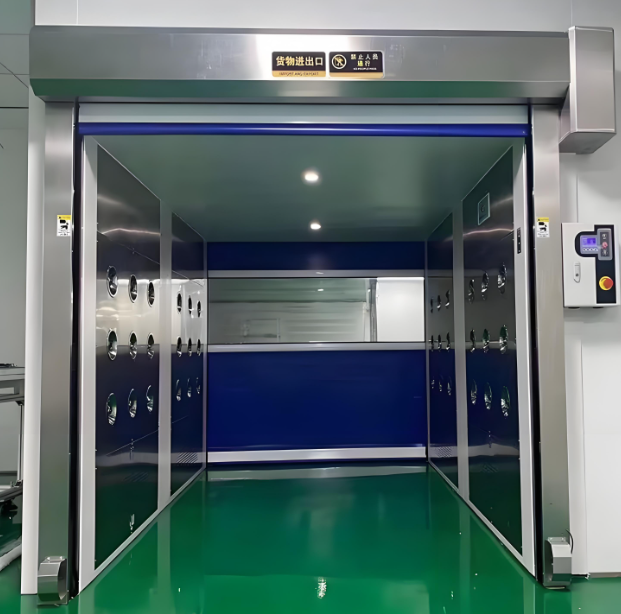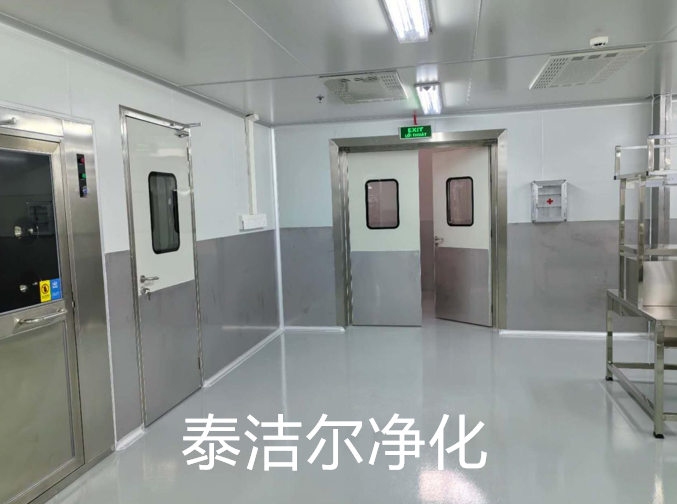
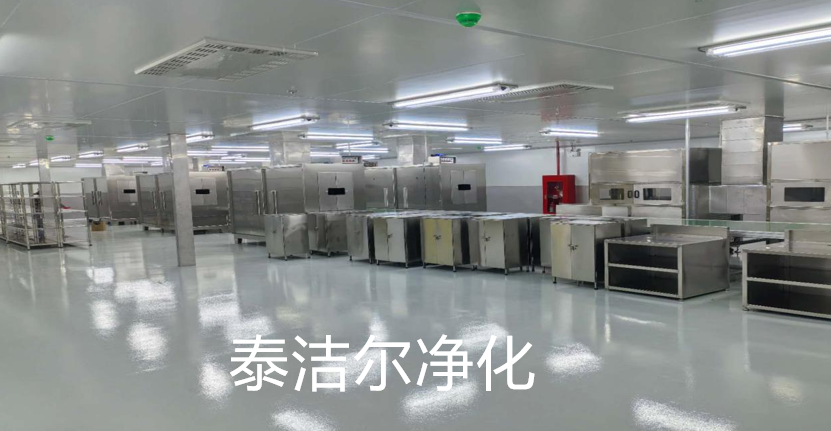
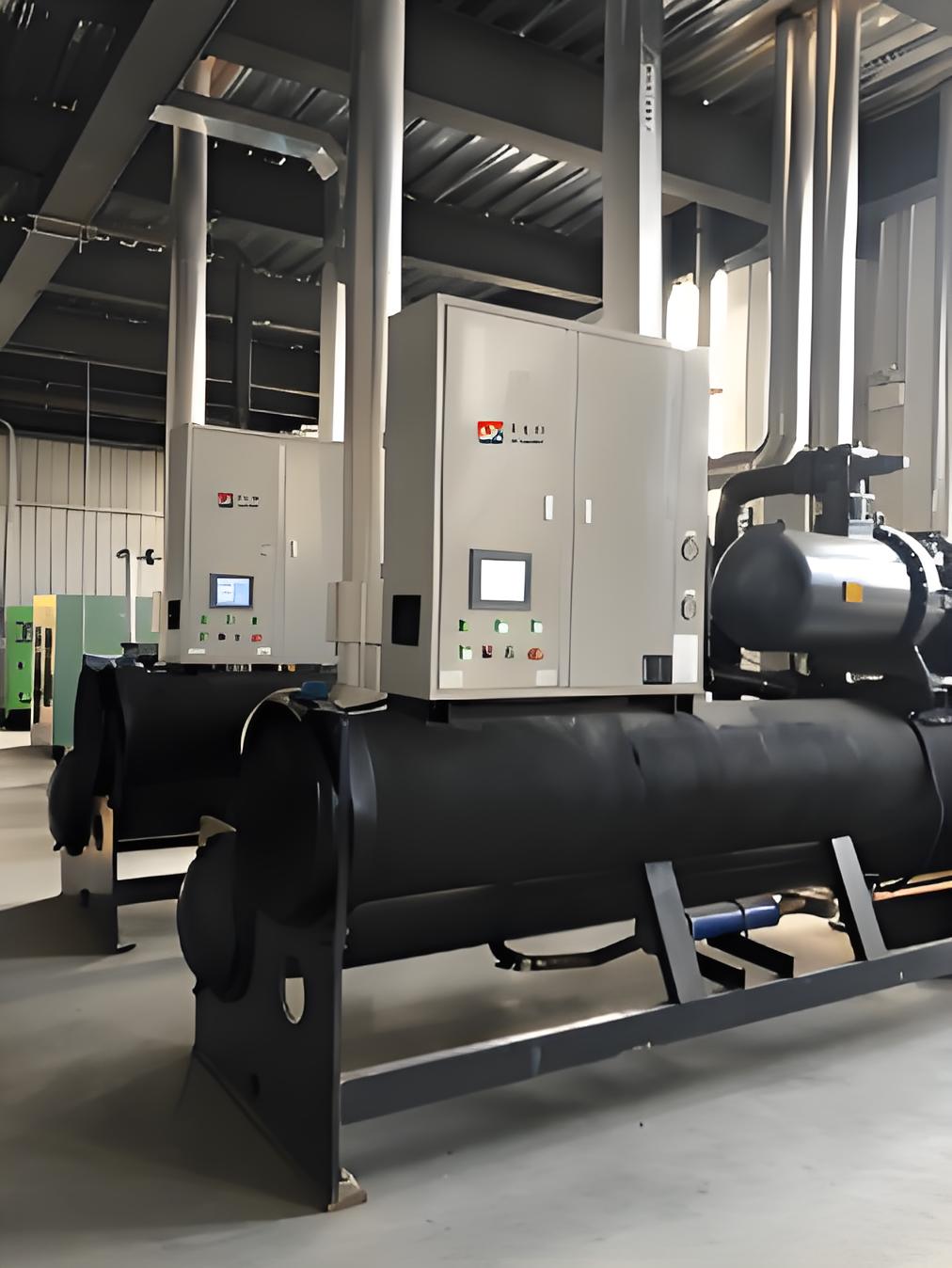
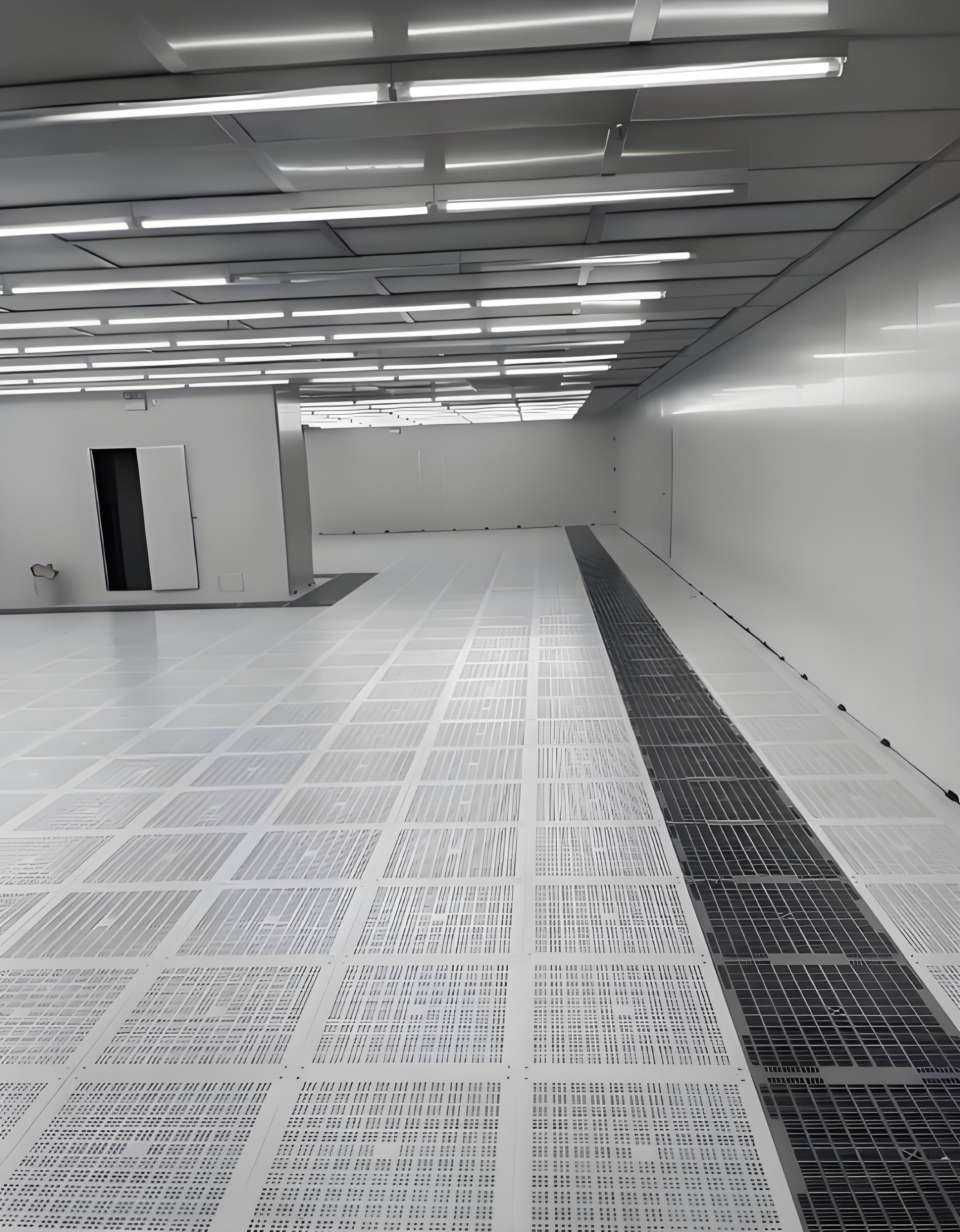

A sterile laboratory is the cornerstone of credible scientific research, particularly in fields like microbiology, cell culture, pharmacology, and molecular biology. The absence of microbial, chemical, and particulate contaminants is not merely a suggestion but an absolute necessity for ensuring the integrity of experiments, the validity of results, and the safety of personnel. The entire ecosystem of a sterile laboratory is built upon a triad of critical components: rigorous sterile laboratory techniques, specialized sterile laboratory equipment, and the pivotal laboratory sterile hood. This comprehensive guide delves into each of these pillars, exploring their functions, proper usage, and the common pitfalls that can compromise even the most meticulously planned experiments. Understanding and mastering these elements is fundamental for any researcher aiming to produce reproducible and uncontaminated data.
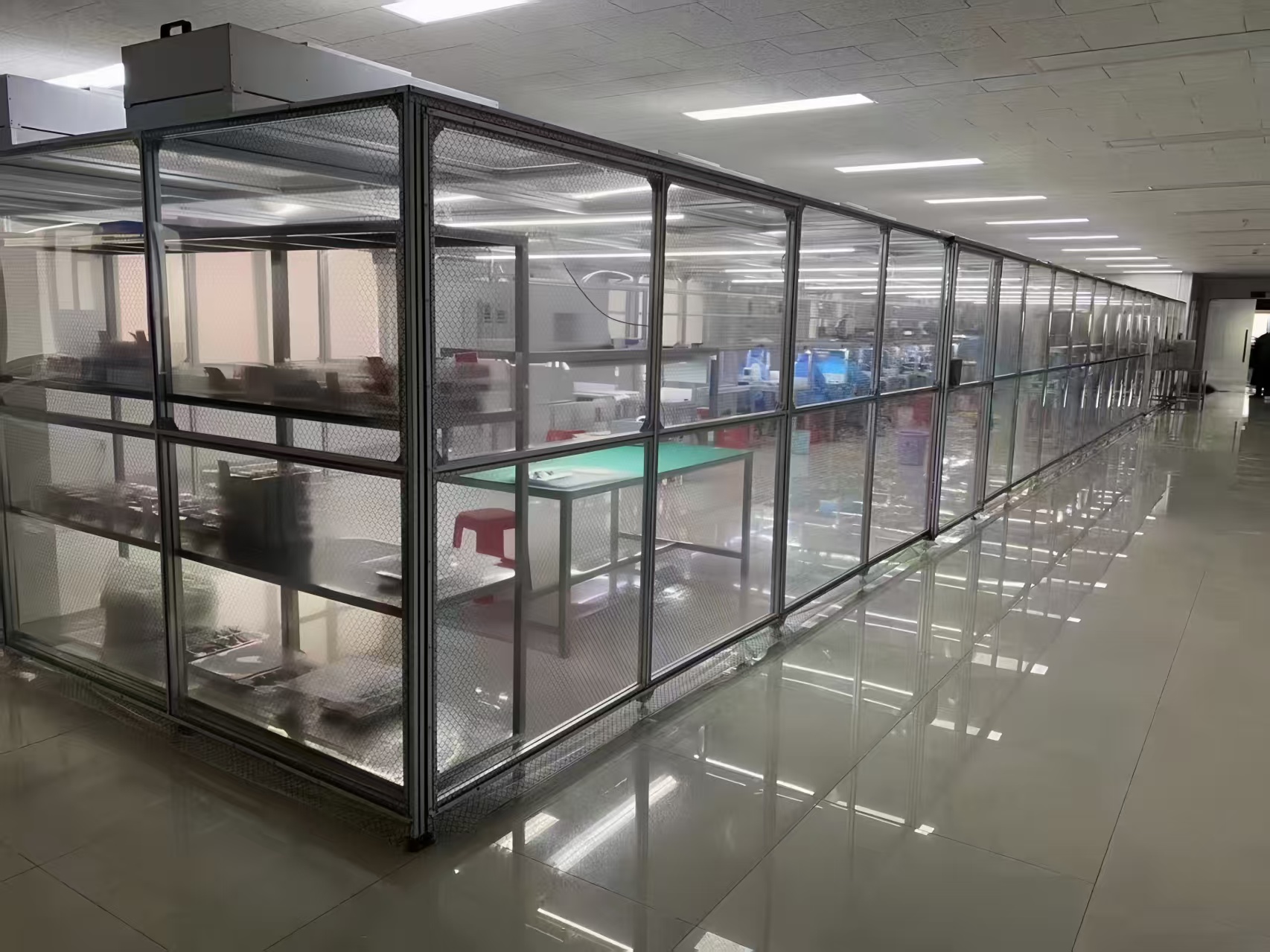
Before dissecting its components, it's crucial to define the environment itself. A sterile laboratory is a controlled workspace designed to minimize and eliminate contaminants. Unlike a simply "clean" lab, sterility implies the absence of viable microorganisms, including bacteria, fungi, viruses, and spores. This is achieved through a multi-layered approach:
Architectural Design: Features include smooth, impermeable surfaces (e.g., epoxy resin floors), sealed ceilings, positive air pressure to prevent unfiltered air from entering, and dedicated air handling systems with HEPA (High-Efficiency Particulate Air) filters.
Strict Access Protocols: Entry is often restricted and involves gowning procedures with lab coats, gloves, hairnets, and sometimes shoe covers.
Rigorous Cleaning Regimens: Surfaces are routinely disinfected using appropriate agents like 70% ethanol, isopropanol, or sporicidal chemicals.
The entire purpose of this controlled environment is to protect both the experimental samples (e.g., cell cultures, sensitive reagents) from external contamination and the personnel from potential biohazards.
Million-dollar equipment is rendered useless without the foundational application of correct sterile laboratory techniques. These are the standardized methods researchers use to maintain asepsis while handling materials.
1. Personal Hygiene and Garbing
The human body is a significant source of contamination. Proper technique begins before entering the lab. Thorough hand washing is mandatory. Inside the lab, researchers must wear appropriate personal protective equipment (PPE): a clean lab coat, disposable gloves, and safety glasses. For work within a laboratory sterile hood, additional gear like sterile sleeves or a full bunny suit may be required.
2. Disinfection Protocols
The routine and meticulous disinfection of all work surfaces is non-negotiable. This is done before starting work, after any spill, and after completing work. 70% ethanol is most common due to its effectiveness at denaturing proteins and its rapid evaporation. However, the choice of disinfectant should be tailored to the organisms in use (e.g., sodium hypochlorite for viruses).
3. Aseptic Transfer and Handling
This is the core of manual sterility. Key practices include:
Flaming: Briefly passing the necks of bottles and the lips of flasks through a Bunsen burner flame to create a convection current that prevents airborne contaminants from falling in.
Working Quickly and Methodically: Minimizing the exposure of sterile surfaces (e.g., open petri dishes, bottle necks) to the open environment.
Avoiding Overcrowding: Keeping only necessary items within the immediate work area to reduce turbulence and the risk of knocking over containers.
Common Problems with Sterile Techniques:
Improper Gloving: Touching non-sterile surfaces (like your face, phone, or lab coat) with gloved hands and then proceeding to handle sterile materials.
Inadequate Disinfection: Wiping surfaces without allowing for adequate contact time for the disinfectant to work.
Talking or Sneezing Over Open Samples: This can aerosolize microbes from the respiratory tract directly into cultures or media.
Haste Leading to Spills: Rushing increases the likelihood of errors that breach containment.
A sterile laboratory is equipped with specialized apparatus designed to create, maintain, and handle sterility. This sterile laboratory equipment is engineered to support the techniques described above.
1. Autoclave
The autoclave is the workhorse of sterility, using pressurized steam at high temperatures (typically 121°C) to sterilize equipment, glassware, and aqueous solutions. It ensures that all microbial life, including resilient endospores, is destroyed.
2. Dry Heat Oven
Used for sterilizing items that might be damaged by moisture, such as metal instruments, powders, and oil-based solutions. It operates at higher temperatures (160-180°C) for longer periods.
3. Water Purification Systems
Contaminants in water can ruin experiments. These systems, including distillation, deionization, and reverse osmosis, produce purified water (e.g., Type I Ultrapure Water) free of ions, organics, and microorganisms.
4. Pipettes and Sterile Tips
Micropipettes with sterile, disposable tips are essential for accurately and aseptically transferring liquid volumes. Positive displacement pipettes are often used for highly sensitive or viscous applications to prevent aerosol contamination.
5. Sterile Disposables
The use of pre-sterilized plasticware—such as petri dishes, serological pipettes, centrifuge tubes, and flasks—has dramatically improved convenience and reduced the risk of contamination inherent in washing and re-sterilizing glassware.
Common Problems with Sterile Laboratory Equipment:
Autoclave Failure: Incorrect loading, failure to remove air pockets, or using the wrong cycle time/temperature can lead to non-sterile loads.
Using Non-Sterilized Equipment: Assuming an item is sterile without verifying the autoclave indicator tape or chemical integrators.
Calibration Drift: Pipettes that are out of calibration will deliver inaccurate volumes, compromising experimental reproducibility even if sterility is maintained.
Contaminated Water: Failure to maintain water purification systems can lead to bacterial biofilm growth, contaminating all solutions made with that water.
The laboratory sterile hood, often synonymous with a Biosafety Cabinet (BSC) or Laminar Flow Hood, is the most critical piece of equipment for manipulating sterile materials. It provides a protected workspace by constantly bathing the area with HEPA-filtered air.
Types of Laboratory Sterile Hoods:
Laminar Flow Hoods (Horizontal or Vertical): These provide a continuous, unidirectional flow of HEPA-filtered air over the work surface to protect the samples from particulate contamination. Important: They do not protect the user and are only suitable for working with non-hazardous materials.
Biosafety Cabinets (BSCs): These protect the user, the sample, and the environment.
Class I: Protects the user and environment, but not the sample (air is drawn away from the user, but the sample is exposed to unfiltered room air).
Class II (Most Common): The gold standard for cell culture work. HEPA-filtered air flows downward (inflow) to protect the user and across the work surface (laminar flow) to protect the sample. Exhaust air is also HEPA-filtered to protect the environment. Types include A1, A2, B1, and B2.
Class III: Gas-tight, totally enclosed cabinets for working with highly dangerous pathogens; used in maximum containment labs.
Proper Use of a Laboratory Sterine Hood:
Preparation: Turn on the blower and UV light (if applicable) for at least 15-30 minutes to purge contaminants. Wipe down all interior surfaces with disinfectant.
Loading: Place all necessary pre-disinfected equipment inside the cabinet before beginning work. Avoid overloading the hood as this disrupts the laminar airflow pattern.
Workflow: Arrange items neatly. Work from "clean to dirty"—keeping sterile items upwind of contaminated materials like waste beakers.
Minimize Disruption: Avoid rapid movements and perpendicularly passing hands or instruments over sterile objects, as this creates turbulent eddies that can compromise the sterile field.
Common Problems with Laboratory Sterile Hoods:
Disrupted Airflow: Overcrowding, placing objects over the front or rear grilles, or rapid arm movements can disrupt the laminar flow, rendering the hood ineffective.
Improper Placement: Positioning the hood in a high-traffic area or near an air vent can create drafts that interfere with its air curtain.
Skipping Certification: BSCs and laminar flow hoods require annual certification to ensure the HEPA filters are intact and the airflow velocity and patterns are correct. Operating an uncertified hood is a major risk.
Using UV Light as a Primary Sterilant: UV light has poor penetrance and is only effective on surfaces it directly contacts. It should be used as a supplemental measure, not a replacement for chemical disinfection.
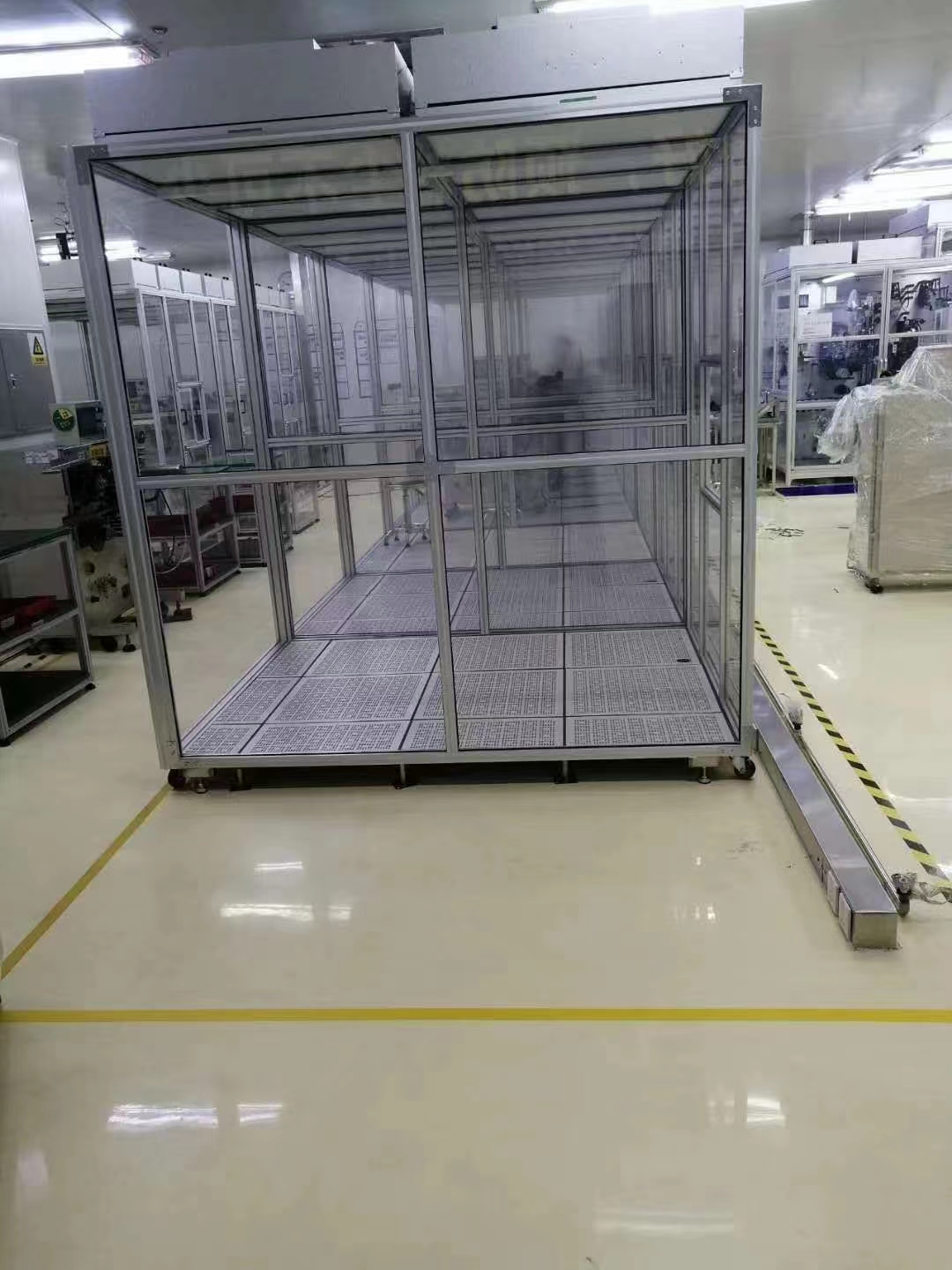
A typical cell culture passaging procedure illustrates how these elements integrate:
The researcher pre-warms media in a water bath (which must be regularly cleaned and disinfected to prevent contamination).
Inside a certified Class II laboratory sterile hood, they disinfect the surface and arrange all sterile laboratory equipment: pipettes, tips, flasks, etc.
Using sterile laboratory techniques, they carefully aspirate old media from the cell culture flask without touching the pipette tip to the cell layer.
They use a sterile reagent bottle to add pre-warmed, sterile trypsin to detach the cells, ensuring the bottle's neck is flamed if it's glass.
After resuspending the cells, they use a sterile pipette to transfer an aliquot to a new flask containing fresh, sterile media.
All waste is disposed of in a biohazard bag within the hood to avoid exposing the open lab.
The hood surface is thoroughly disinfected after the procedure.
Every step relies on the synergy of technique, equipment, and the protected environment.
Maintaining a truly sterile laboratory is not a one-time task but a continuous culture of vigilance, training, and meticulous attention to detail. It requires a deep understanding of the principles behind sterile laboratory techniques, a respect for the function and limitations of sterile laboratory equipment, and a mastery of the laboratory sterile hood. The common problems highlighted throughout this guide—from improper gloving to disrupted airflow—are often preventable through comprehensive training and strict adherence to Standard Operating Procedures (SOPs). By investing in this culture of asepsis, research institutions ensure the production of high-quality, reliable data, safeguard multi-year experiments from devastating contamination events, and, most importantly, protect the health and safety of their scientific staff. The sterile lab is more than a room; it is the very foundation upon which scientific progress is built.

